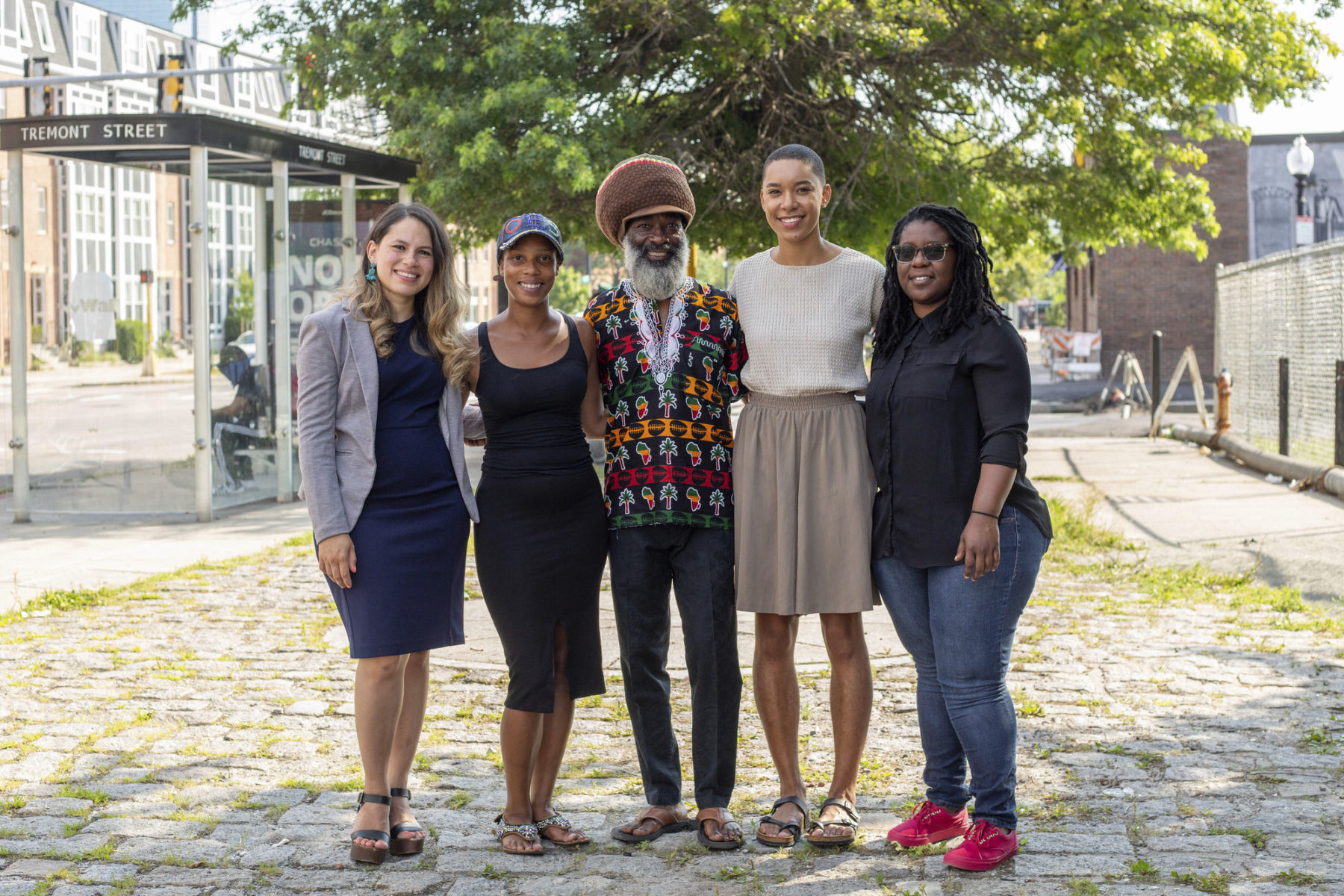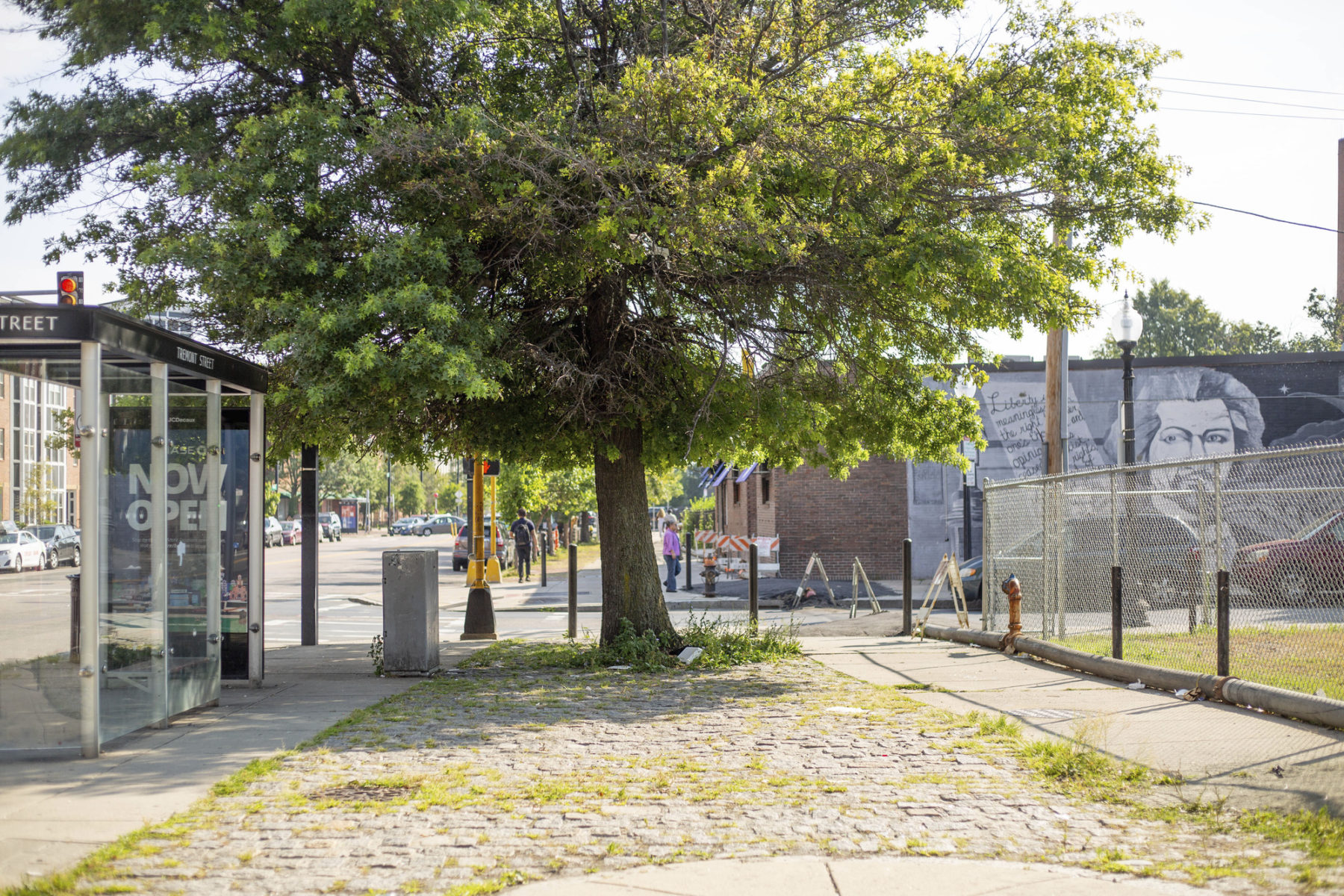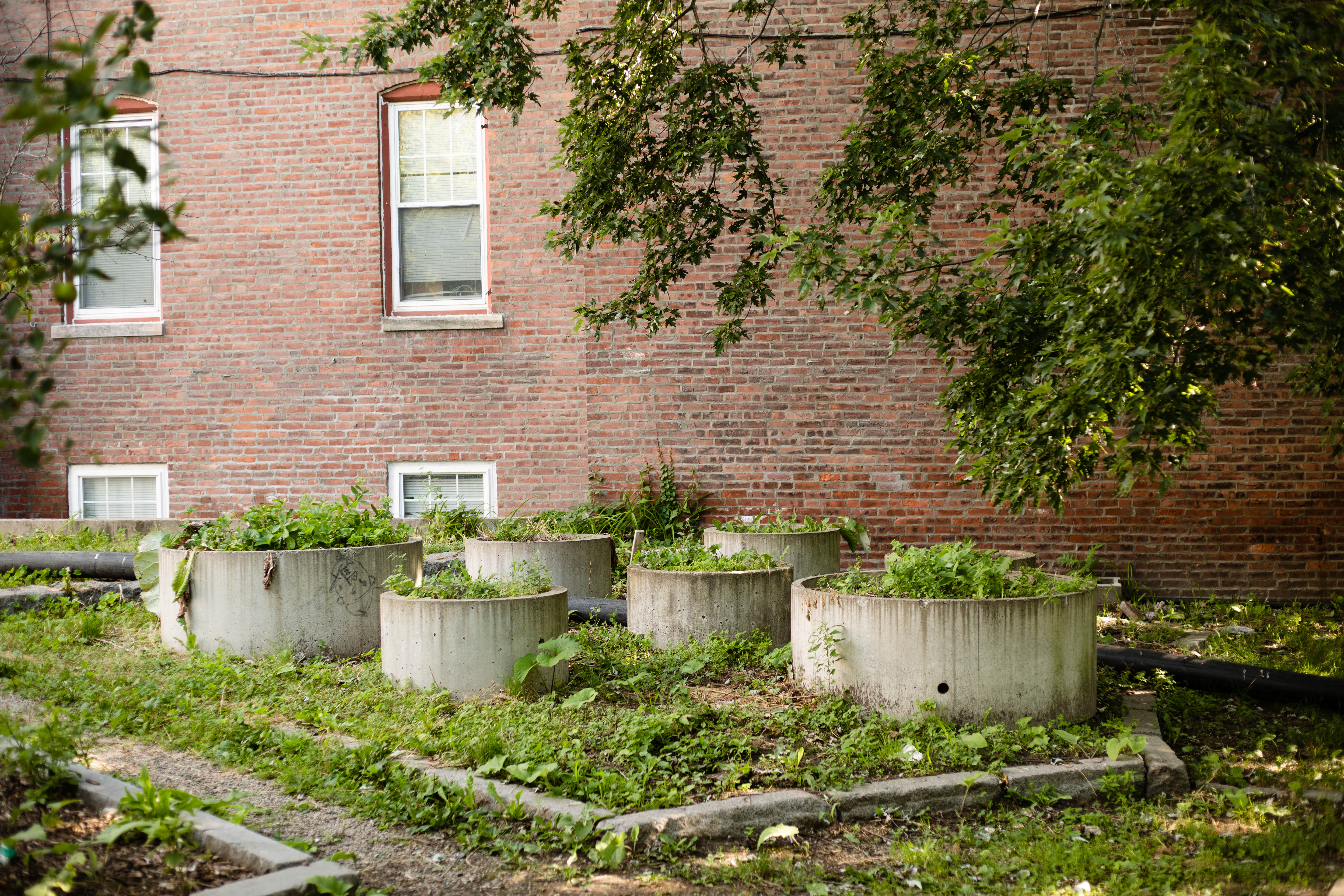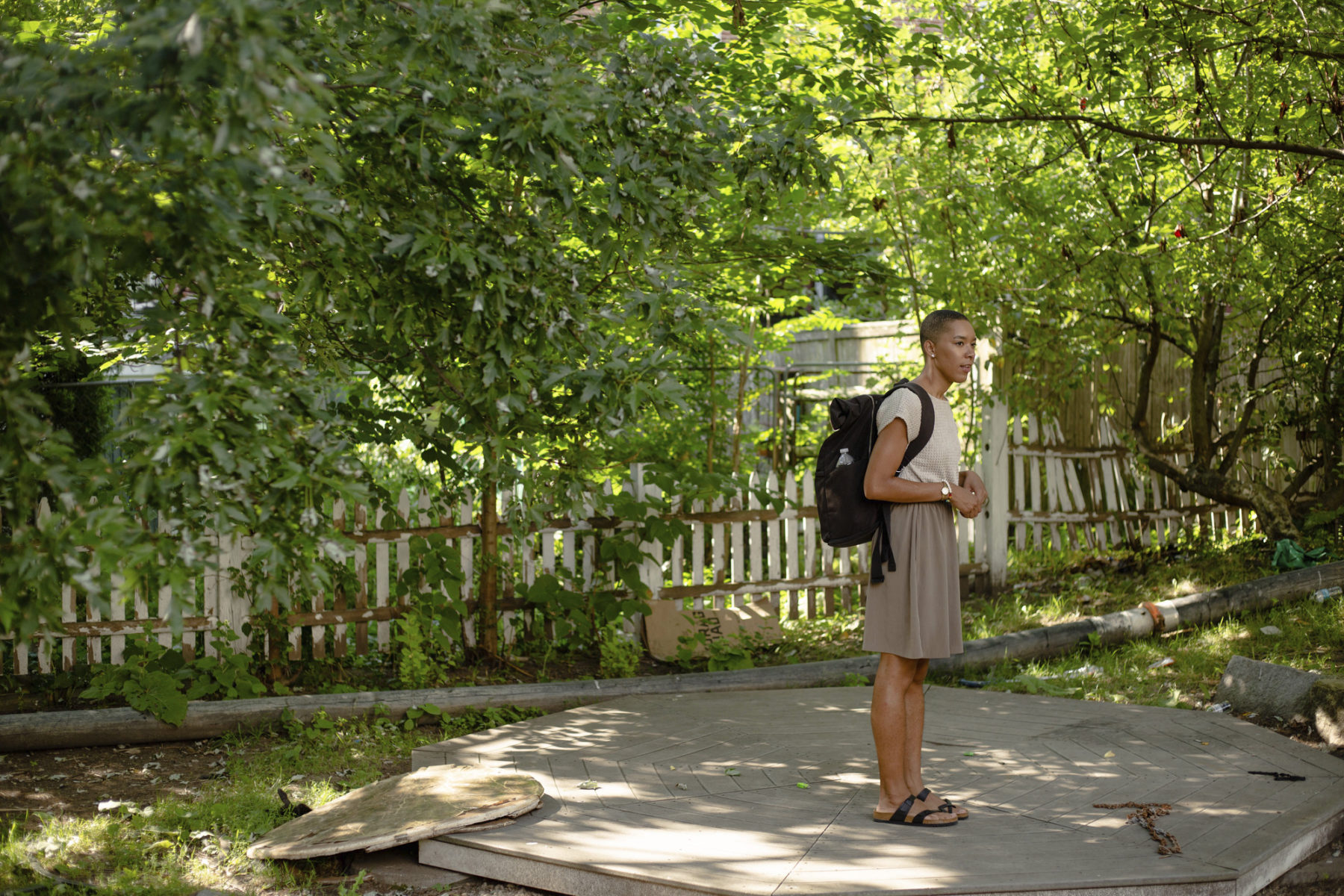Boston is known for its history—but whose story does it tell? The city’s streets are lined with plaques, its sidewalks embedded with a trail that guides visitors through the most noteworthy landmarks of America’s beginnings. But these landmarks often commemorate a side of history that is disproportionately white. Communities of color, with histories just as rich and significant, have far fewer opportunities to see themselves in the built environment and feel a sense of ownership over the city’s past, present, and future.
Representing an exciting new chapter in creating space for diverse narratives, a team of Sasaki designers, alongside a broader team of local community members, artists, and city representatives, are challenging this inequity by celebrating Blackness and reclaiming space in the Boston neighborhood of Roxbury. The Sasaki team has been selected by the Frederick Douglass Sculpture Committee (FDSC) and the City of Boston to design the site of a statue commemorating famed social justice reformer Fredrick Douglass.
The team, composed of project manager and landscape architect Diana Fernandez, ASLA, PLA; landscape designer Breeze Outlaw; interdisciplinary designer Melissa Isidor; engineer Steve Engler, LEED® AP; and principal-in-charge Zachary Chrisco, PE, hopes for a space where the predominantly-Black Roxbury community can honor Douglass’ legacy and celebrate their own history. While the intersection at which the project sits—Frederick Douglass Square—was dedicated in 1917, it still lacks a physical memorial of its namesake. Building a memorial like this marks a significant accomplishment in the centuries-long fight by Black Americans to claim space in the nation’s symbolic landscape and historical consciousness.
Douglass, who has close ties to Massachusetts, is well-deserving of his own landmark. After escaping from slavery in Maryland in 1838, Douglass settled in New Bedford and began his work as an abolitionist, giving speeches across the state and making a name for himself as a powerful orator. He conducted some of his work from the African Meeting House in Boston, where he helped to recruit Black soldiers to fight in the Civil War. The meeting house is now part of the Museum of African American History and currently exhibits a series of photographs of Douglass, the most photographed American of the 19th century.
Residents in Roxbury have been advocating for the memorial for over a decade. After a long process to identify its location, the FDSC and the Boston Art Commission decided on a site just down the street from the Frederick Douglass Peace Garden on Tremont Street. The statue—designed in a collaboration between Los Angeles-based sculptor Mario Chiodo and local Roxbury artist Paul Goodnight—depicts Douglass standing atop a stack of books, surrounded at the base by women, children, and soldiers. The statue pays homage to his lifelong fight for women’s rights, children’s education, and the freedom of enslaved people.
The site of the memorial is unassuming, yet it holds great potential. The team is designing every square inch with care: Fernandez, Outlaw, and Isidor, all womxn of color, are passionate about creating a space within which the community can gather, celebrate, and see a cultural expression of themselves in the built environment. The space will be a place in which Roxbury residents can feel a sense of ownership and where their community’s history and culture can thrive.




